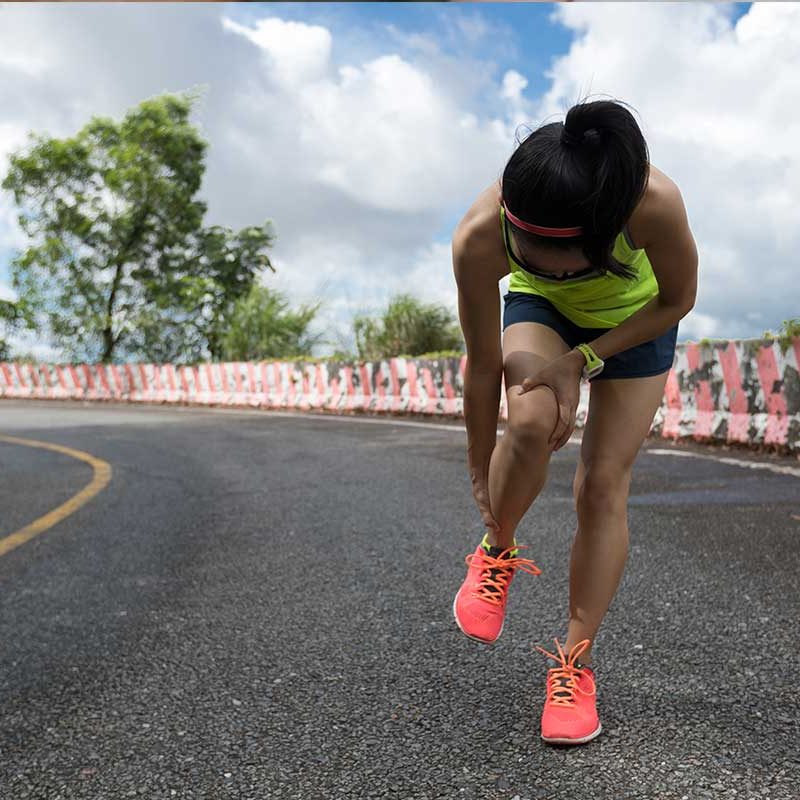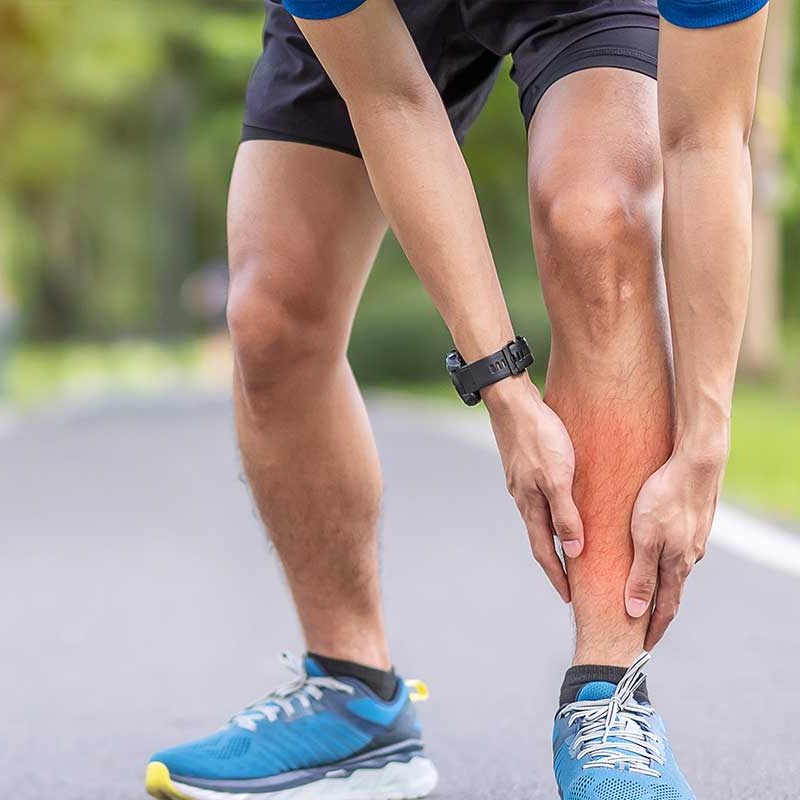What are Shin Splints?
Shin splints are a cumulative stress disorder of the lower leg fascia. Also known clinically as MTSS (medial tibial stress syndrome) shin splints is often misdiagnosed as tightness of the tibialis anterior muscle (muscle at the front of the shin) or mistreated by not having the correct balance between addressing both the existing symptoms and the initial cause.
What Causes Shin Splints?
Shin splints frequently affect people who engage in moderate to heavy physical activity. You may be more likely to develop shin splints if you have had:
- Rapid increases in running-related activities,
- Changes to your footwear or damage to your existing footwear
- Flat feet or high arches generally lead to overuse and tightening of the muscles in the leg responsible for absorbing shock and propelling the legs forward.
It’s not uncommon that the pain of shin splints can be so intense that you must stop the activity. Strenuous running-related activities or stop-start sports such as tennis, football, hockey, and basketball are just to name a few of the most common activities where shin splints are prevalent.


Shin Splints Symptoms
Pain is usually experienced and worsened the longer exercise continues. The pain can range from a dull ache to sharp stabbing pains that feel like they’re coming from deep inside the connective tissues along the shin bone. You might notice swelling around the affected area as well.
How to get rid of Shin Splints?
We know regular pounding and stress on the bones, muscles, and joints of the lower legs not only prevents your body from being able to naturally repair but creates the potential for further complications to occur such as stress fractures of the tibia.
Visiting Melbourne Sports Podiatry for an examination and treatment is the best option for any leg or foot affliction that you may be suffering from. In the first session, we endeavour to confirm the diagnosis and move straight into manual therapy treatments and programming your return to sport.
As your podiatrist, we may also order additional imaging tests to rule out other shin problems. Other differential conditions include stress fractures and chronic exertional compartment syndrome.


What do Shin Splints feel like?
As mentioned earlier, If you have shin splints, you might notice tenderness, soreness or pain along the inner side of your shinbone and mild swelling in your lower leg. At first, the pain might stop when you cease exercising. Eventually, however, the pain can be continuous and might progress to a stress reaction or stress fracture.
If you indeed do end up with a stress fracture from overexertion of your shins whilst you have Shin Splints, this will no doubt delay your return to running or playing sports. Therefore it is recommended that you seek help for your Shin Splints when you first start to feel them.
Can you still run with Shin Splints?
Continuing to run with shin splints is not a good idea. Continuing the exercise that caused the painful shin splints will only result in further pain and damage that could lead to stress fractures. Having worked with a number of runners and athletes at Melbourne Sports Podiatry we understand that rest on its own isn’t sufficient to get you back to activity pain-free. Hence we always ensure that you have a plan to keep active, strong and ready to get back into running as soon as your symptoms are under control.
We Accept All HICAPS Providers.
No referral is required.










